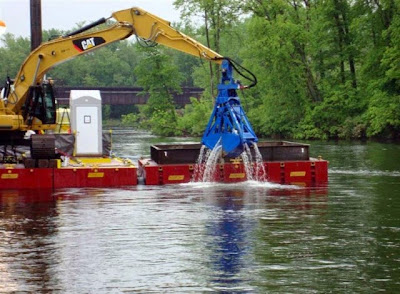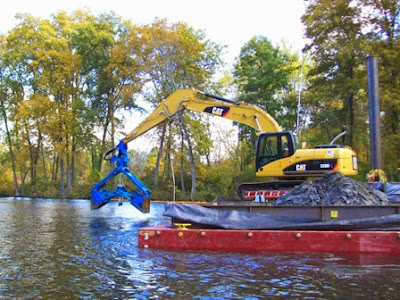MAY 7, 2015
BETHEL TWP., CLARK COUNTY, OHIO
UPDATE@8:16 p.m.:
The collision on Medway New Carlisle Road that left a 28-year-old
Fairborn man dead and sent an 80-year-old Medway woman to a hospital is
being called an unfortunate accident, said Sgt. Jason Cadle, Ohio
Highway Patrol Springfield post.
The man, who was not wearing his seat belt, died at the scene when he was partially ejected in the crash that toppled his Ford pickup truck.
The accident occurred when the woman, headed north on Medway New Carlisle Road, failed to yield and turned left to enter the Country Haven Mobile Home Park where she lives, Cadle said. She turned into the path of the truck, he said.
She was taken to Miami Valley Hospital and troopers will attempt to interview her yet tonight, Cadle said. Her condition was not immediately known.
The Fairborn man tried but could not avoid the collision, which sent the truck rolling until it came to rest on its side, Cadle said.
Trailing the truck were family members of the Fairborn man, Cadle said, and they were on scene shortly after the accident. Troopers and Bethel Twp. fire/rescue workers don’t believe any of the family members saw the collision, he said.
Medway New Carlisle Road will remain shut down until further notice because of the accident investigation.
Unfortunately, elderly drivers cause a large number of traffic accidents. Their reflexes are very slow, some of their senses do not function properly and have placed a lot of people in harms way. With the growing aging population, something has to give.
UPDATE @ 6:55 p.m.: The driver of a gold car, headed north on Midway New Carlisle Road, is believed to have turned into the path of an oncoming truck and the truck driver was partially ejected in the collision and killed, a preliminary investigation by the Ohio Highway Patrol suggests.
The driver of the car has been taken to a hospital. Her condition is not known.
FIRST REPORT
Police, fire/medic personnel and the state patrol are on the scene of a fatal accident in the 1800 block of Medway New Carlisle Road.
The accident involving a car and a pickup truck occurred near the Country Haven Mobile Home Park, at Schiller Road.
We’re told the victim is a male who was partially ejected.
Crews were dispatched to the accident just before 6 p.m.
We have a crew on scene and we’ll update this report as we get information.
The man, who was not wearing his seat belt, died at the scene when he was partially ejected in the crash that toppled his Ford pickup truck.
The accident occurred when the woman, headed north on Medway New Carlisle Road, failed to yield and turned left to enter the Country Haven Mobile Home Park where she lives, Cadle said. She turned into the path of the truck, he said.
She was taken to Miami Valley Hospital and troopers will attempt to interview her yet tonight, Cadle said. Her condition was not immediately known.
The Fairborn man tried but could not avoid the collision, which sent the truck rolling until it came to rest on its side, Cadle said.
Trailing the truck were family members of the Fairborn man, Cadle said, and they were on scene shortly after the accident. Troopers and Bethel Twp. fire/rescue workers don’t believe any of the family members saw the collision, he said.
Medway New Carlisle Road will remain shut down until further notice because of the accident investigation.
Unfortunately, elderly drivers cause a large number of traffic accidents. Their reflexes are very slow, some of their senses do not function properly and have placed a lot of people in harms way. With the growing aging population, something has to give.
UPDATE @ 6:55 p.m.: The driver of a gold car, headed north on Midway New Carlisle Road, is believed to have turned into the path of an oncoming truck and the truck driver was partially ejected in the collision and killed, a preliminary investigation by the Ohio Highway Patrol suggests.
The driver of the car has been taken to a hospital. Her condition is not known.
FIRST REPORT
Police, fire/medic personnel and the state patrol are on the scene of a fatal accident in the 1800 block of Medway New Carlisle Road.
The accident involving a car and a pickup truck occurred near the Country Haven Mobile Home Park, at Schiller Road.
We’re told the victim is a male who was partially ejected.
Crews were dispatched to the accident just before 6 p.m.
We have a crew on scene and we’ll update this report as we get information.











